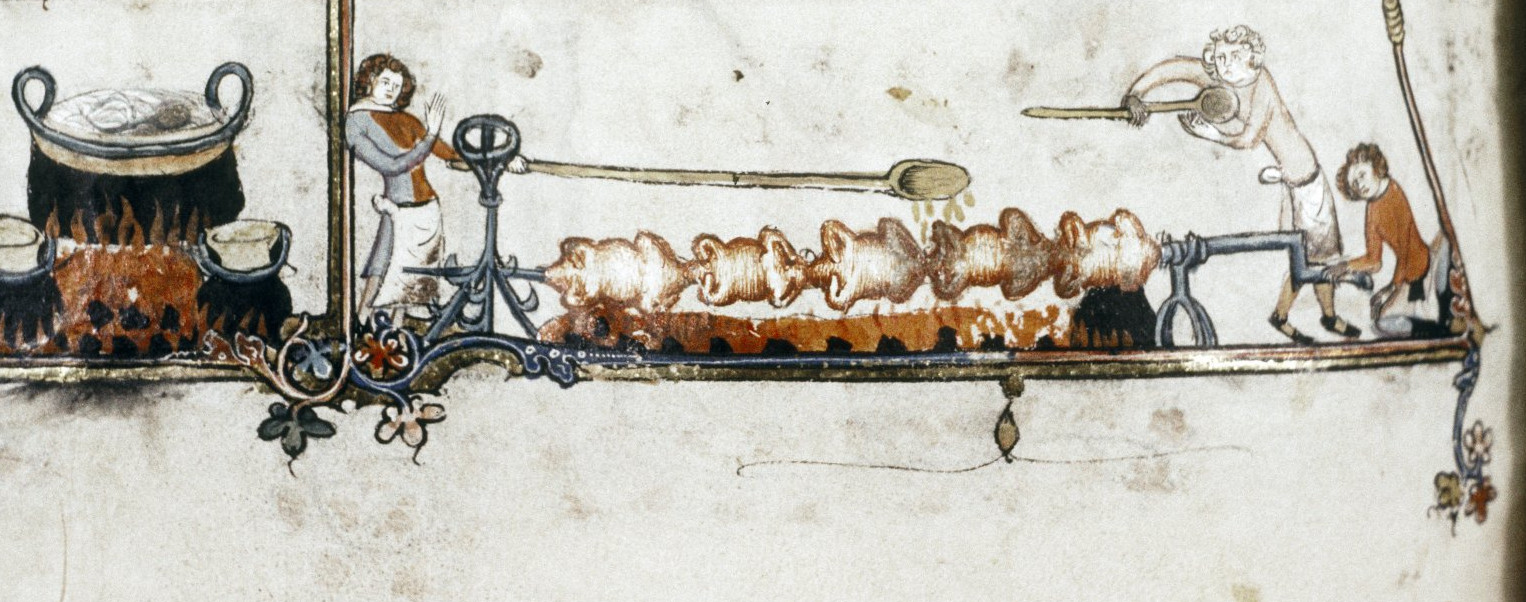A team of international scientists led by the University of Oxford has combined ancient DNA analyses with statistical modelling to pinpoint the timing of the selection for traits associated with modern chickens. They found that medieval Christians who fasted may have played a part in producing less aggressive farm birds.
The team found that traits linked with reduced aggression and an ability to live in confined, smaller spaces with other birds emerged about 1000 AD in the European Middle Ages. These strong selection pressures coincided with an era in which Christians had widespread influence on what people should eat, including edicts that enforced fasting and the exclusion of four-legged animals from the menu. The paper suggests religious edicts that allowed people to eat chickens and eggs during fasts, coupled with increasing urbanisation, may have driven the evolution of modern domesticated chickens. The findings are published in the journal, Molecular Biology and Evolution.
The researchers say chickens genetically able to cope with more cramped accommodation and reproduce could be associated with the following three developments: Christian fasting, increased urbanisation, and more efficient farming practices that produced more food, such as the invention of the heavy plough, that allowed populations to work in towns and cities rather than rely on subsistence farming.
Lead author Liisa Loog, from the Palaeogenomics and Bio-Archaeology Research Network at the University of Oxford, said: 'We tend to think that there were wild animals, and then there were domestic animals rather than thinking about the selection pressures on domestic plants and animals that varied through time. This study shows how easy it is to turn a trait into something that becomes fixed in an animal in an evolutionary blink of an eye. Just because a domestic trait is everywhere in animals and birds today does not mean it was there at the very start of the domestication process.'
This study shows how easy it is to turn a trait into something that becomes fixed in an animal in an evolutionary blink of an eye. Just because a domestic trait is everywhere in animals and birds today does not mean it was there at the very start of the domestication process
Liisa Loog from the Palaeogenomics and Bio-Archaeology Research Network
Scientists have been trying to link domestic animal traits including reduced aggression, the colour of a chicken’s skin and increased egg production, to specific changes in the genome. They studied the DNA of two genes found in chicken archaeological collections dating from 2,300 years ago to the present day. They traced the birds' evolutionary history, looking for changes in the gene responsible for THSR (thyroid stimulating hormone receptor) that determines aggression. The paper suggests natural selection favoured chickens with THSR genes that could cope with closer confines at a time when demand for their meat rose. One thousand years ago, only 40 percent of chickens studied had this gene while it is present in all modern domesticated chickens, says the paper. It is less clear about the long-term role of selection on the BCDO2 (Beta-Carotene Oxygenase 2) gene responsible for yellow leg colour as many exotic breeds with this trait were introduced to Europe in the past 200 years.
Using new statistical tools, the researchers explored the links between humans and their domestic plants and animals to see how they underwent radical shifts in gene mutation frequencies at different points in history. They charted how each responded to alterations in natural and artificial selective pressures over the past 15,000 years.
Professor Greger Larson, Director of Palaeogenomics and Bio-Archaeology Research Network at the University of Oxford, said: 'Ancient DNA has always had the potential to reveal shifts in gene frequencies in the past, but identifying a specific time when selection drove those changes has been problematic. Armed with both DNA signatures from archaeological bones and our novel statistical framework, we can now pinpoint when selection pressures shifted and link those with climatic and cultural shifts.'
